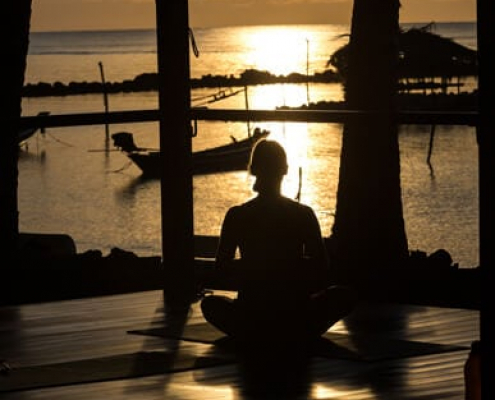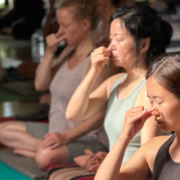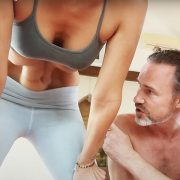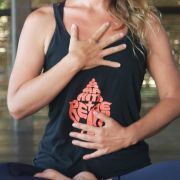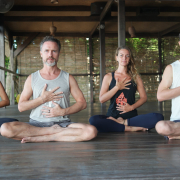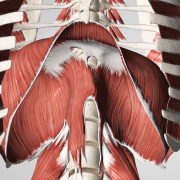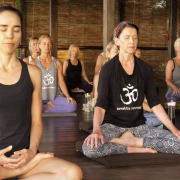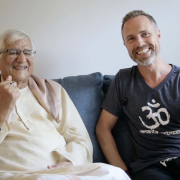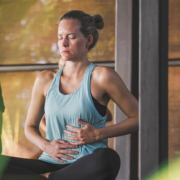 https://samahitaretreat.com/wp-content/uploads/2024/02/basic-breathwork.webp
600
798
Dr. Paul Dallaghan
http://samahitaretreat.com/wp-content/uploads/2024/01/samahita-logo-v2.svg
Dr. Paul Dallaghan2024-02-28 20:34:422024-02-28 20:35:53Navigate the World of Breathing
https://samahitaretreat.com/wp-content/uploads/2024/02/basic-breathwork.webp
600
798
Dr. Paul Dallaghan
http://samahitaretreat.com/wp-content/uploads/2024/01/samahita-logo-v2.svg
Dr. Paul Dallaghan2024-02-28 20:34:422024-02-28 20:35:53Navigate the World of BreathingBreathing Exercise 3 – Breathwork Level – Advanced – QUAD-Ratio Breath
The detail and explanation behind the breath and these techniques are more technical and dealt with in a separate article. The emphasis now is to follow and practice. Make it regular and you will understand through direct experience.
Opening set-up:
- Establish how you will sit. Can be cross-legged or on a chair. Avoid letting the back round or slightly collapse, as this will reduce the efficiency of the overall breathing process.
- Once comfortably settled, begin by watching the flow of your breath. That is all. Allow it to flow in and out the nose. Notice any tension in your face and especially in your jaw-mouth-tongue complex. Release it by consciously letting go. Notice breath movement at the chest, upper abdomen, navel, and even lower abdomen. See its rhythm or lack thereof. Tune into the movement at your navel. Stay with that for a minute or two.
Quad-Ratio Breath build-up
Note: we are not taking full deep breaths. Rather at a level a bit beyond a normal inhale. If you start with taking big inhales you can trigger an anxiety effect and exacerbate your stress. We will, however, elongate the exhale which has both a calming effect with improved nervous stability. Follow on:
- Begin with the BI-Ratio Breath whereby the exhale is double the inhale for a few rounds
- Follow immediately with a TRI-Ratio for at least 3 rounds
- To complete our QUAD-Ratio Breath we extend the exhale pause, similar to the inhale pause of 3 seconds. This gives us a ratio of breathwork at 1-1-2-1 (four elements to the ratio). When in an exhale pause (breath held out) it is ideal to see if you can relax the abdomen, especially the upper part. inhale 1-2-3 pause 1-2-3 exhale 1-2-3-4-5-6 pause 1-2-3 continue this for at least 12 rounds (just over 3 minutes) or continue up to 30 rounds
QUAD-Ratio:
1 (inhale) to 1 (inhale pause) to 2 (exhale) to 1 (exhale pause), 1:1:2:1
Breath length: most important is the ratio is kept intact. The length above is a standard recommendation that most people can follow. However you may need a shorter inhale (but keep the ratio) or perhaps 3 seconds is too short and instead go for 4 or 5 seconds, within ratio
Conclude:
After your last exhale of 6 seconds drop any effort to consciously breathe. Allow your breath to be free. Watch it. This is easy to keep at or under 10-minutes so you could be here for 2 minutes, a very nice two minutes. Or just be here without any clock watching or time-keeping let the experience flow its course.
When the urge to be done arises either get up smoothly and get on with the next activity or give yourself a nice laying down relaxation (savasana or nidra form).
Dr. Paul Dallaghan’s expertise with breathwork, body and meditative practices comes from three sources: (1) three decades of daily dedicated practice and teaching these techniques; (2) uniquely acknowledged in the Yoga tradition by the title of “Master Yogi-Prānācharya (expert in breath)”, following an immersion in the original culture through one-on-one direct training in practice and study of ancient texts; (3) a PhD in doctoral scientific research at a leading US university (Emory) covering both the tradition and science of yoga and breath practices in terms of stress, health and aging. As a result, Paul occupies a unique space to impart genuine teaching and science on the breath, body, and meditative practices, seen as a Teacher-of-teachers and identified to carry on the tradition of Pranayama. His sincere and ongoing role is to teach, write and research, to help put out experienced and authentic information on these areas of how we live, breathe and be, to help people improve their mental and physical health, and live more fulfilling lives.
For more on his background see his bio
More from the Samahita Blog
